What Is VO2 Max? (And How You Can Increase It)

Do you want to run faster, go further, and make your running feel easier than it usually does? One way to achieve this is by increasing your VO2 max. In this article, we’ll be discussing what VO2 max is, why it’s important for your running, and how you can improve it with some simple training tweaks.
Understanding VO2 Max
VO2 max, or maximal oxygen consumption, is the amount of oxygen your body can utilise per kilogram of body weight per minute. When you engage in aerobic exercise like running, your body improves various functions, with the most evident being muscle strength, heart rate, and body weight composition. But there’s another less visible function that improves – your VO2 max.
During hard exercise, more oxygen is delivered to our muscles via red blood cells. Therefore, the more oxygen we can consume, the easier exercise feels to our body, which is a key benefit of training to improve your VO2 max.
VO2 Max Scores: Factors and Variations
Your VO2 max score can vary based on several factors, including gender and genetics. Typically, men have higher VO2 max scores than women. For inactive women, the average VO2 max score is around 33 millilitres of oxygen consumed per kilogram of body weight per minute, while for men, it’s 42. However, elite athletes can have scores as high as 80 or 90.
But remember, VO2 max is just one of several factors at play in your running ability. Running efficiency also matters. If two runners have identical VO2 max scores, the one with better running efficiency will be able to run faster because they can better utilise their body’s ability to carry oxygen.
Measuring Your VO2 Max
The most accurate way to measure your VO2 max is in a lab. You’d be hooked up to a breathing mask and put on a treadmill, with the speed and incline gradually increasing until you reach the point of exhaustion. This test allows us to measure how much oxygen your body uses when pushing itself to its limits.
You can also get a rough idea of your VO2 max score from many GPS watches. These devices use your heart rate data, age, and gender to estimate your score. While these estimates aren’t always accurate, they can give you a good idea of where you sit on the scale.
Improving Your VO2 Max
Consistent running can naturally improve your VO2 max score as an indication of your cardiovascular fitness. But specific sessions can also help to enhance it further. Here are some suggestions:
- Longer Hill Reps: Hill reps of around 2 to 3 minutes can significantly improve your VO2 max. Start with a 10-minute warm-up jog, then find a hill and run up it for 2 to 3 minutes. Jog back down and repeat. As the session becomes easier, build up to 10 x 2-minute intervals or 7 x 3-minute intervals.
- Interval Workouts: Try interval workouts on the track. Aim for a total volume of around 5 kilometres and target somewhere around your one-mile race pace (or two-mile race pace for experienced runners). Here are some workout ideas: 8 x 600 metre efforts, 6 x 800 metre efforts, 5 x 1 kilometre efforts, or 4 x 1200 metre efforts.
- Cross-Training: High-intensity interval training, cycling, and rowing can help improve your fitness and, therefore, your VO2 max score. The key here is to push hard during those periods of effort.
- Altitude Training: Training at altitude encourages your body to create more red blood cells to compensate for the lack of oxygen in the thinner air. This can give your training a boost when you return to sea level, which lasts for about one to three months. However, it’s important to note that this pursuit of red blood cells and improved performance has led some athletes to take illegal and dangerous performance-enhancing drugs like EPO, which artificially increases red blood cell production.
The Health Benefits of Increasing Your VO2 Max
Even if you don’t have major performance improvement goals in mind, increasing your VO2 max score is excellent for your overall health. It reduces the daily workload on your heart, contributing to cardiovascular health. However, remember that genetics play a significant role in your VO2 max. You might reach a point where, despite correct training, you can’t increase your VO2 max score any further. This limit isn’t due to improper training; it’s simply all your body can handle.
Conclusion
Understanding the scientific nature of VO2 max and how to improve it can help you run faster, further, and make your running feel easier. Remember, this is just one aspect of your running performance, and while it’s an important one, it should be balanced with other factors like running efficiency.
If you enjoyed this, you might like our video below.

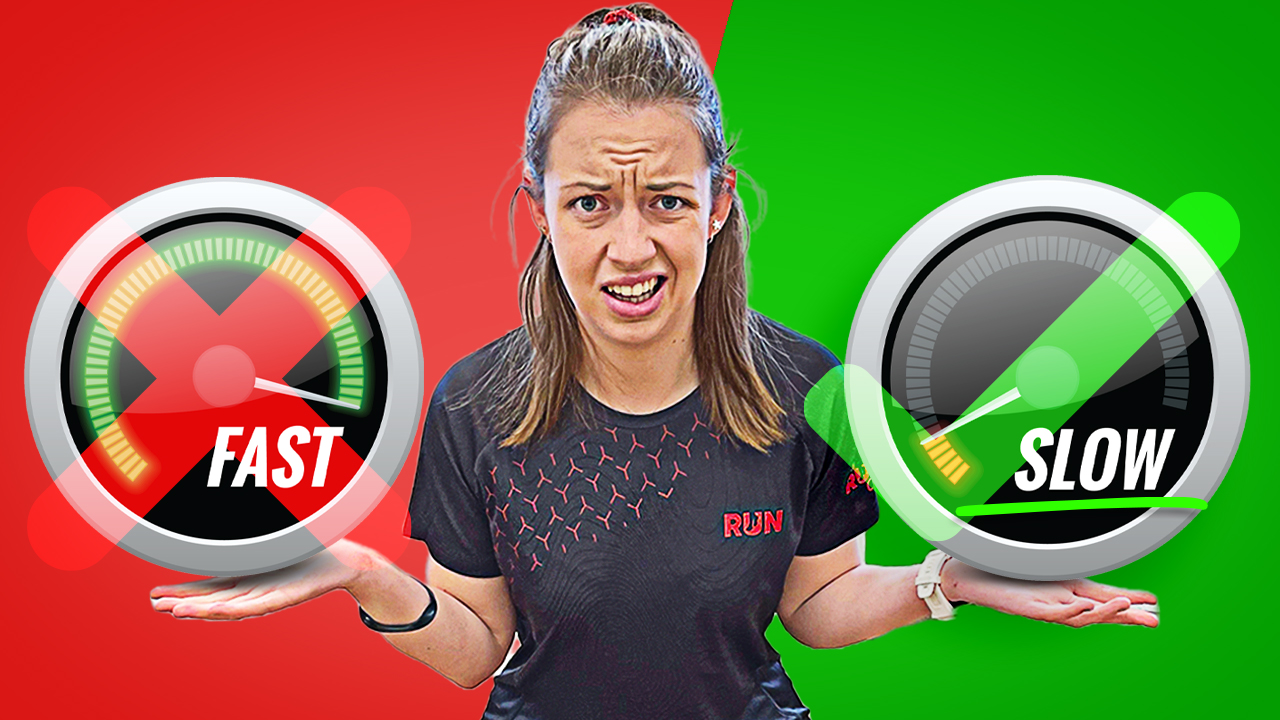










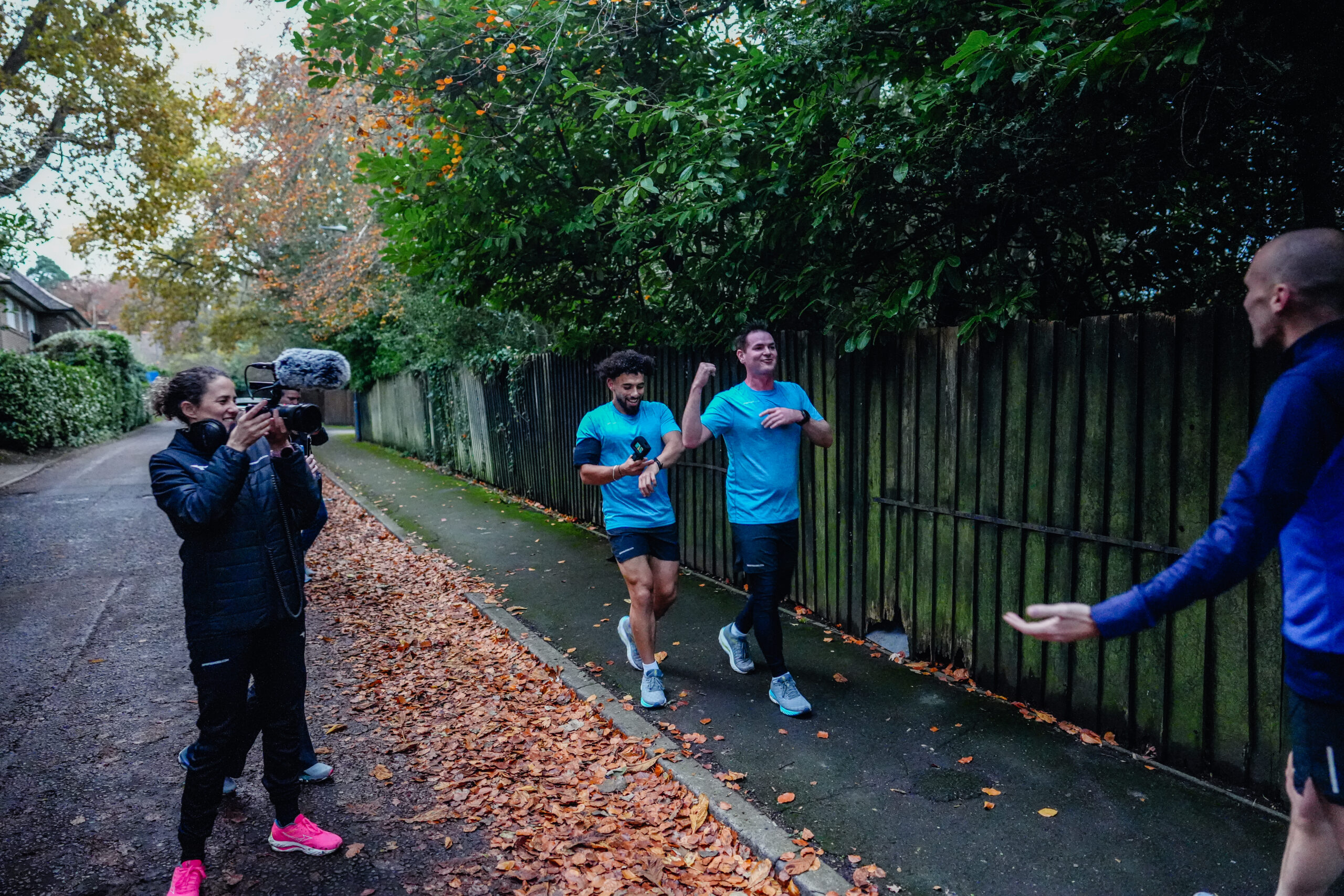

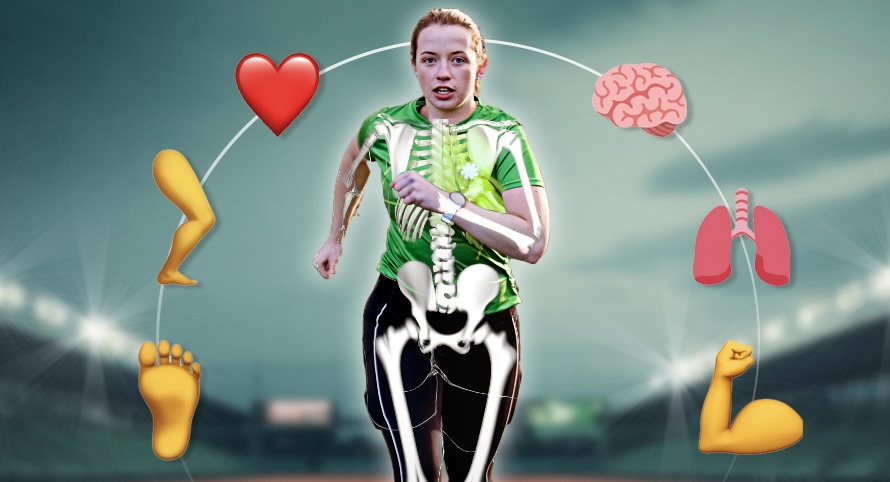




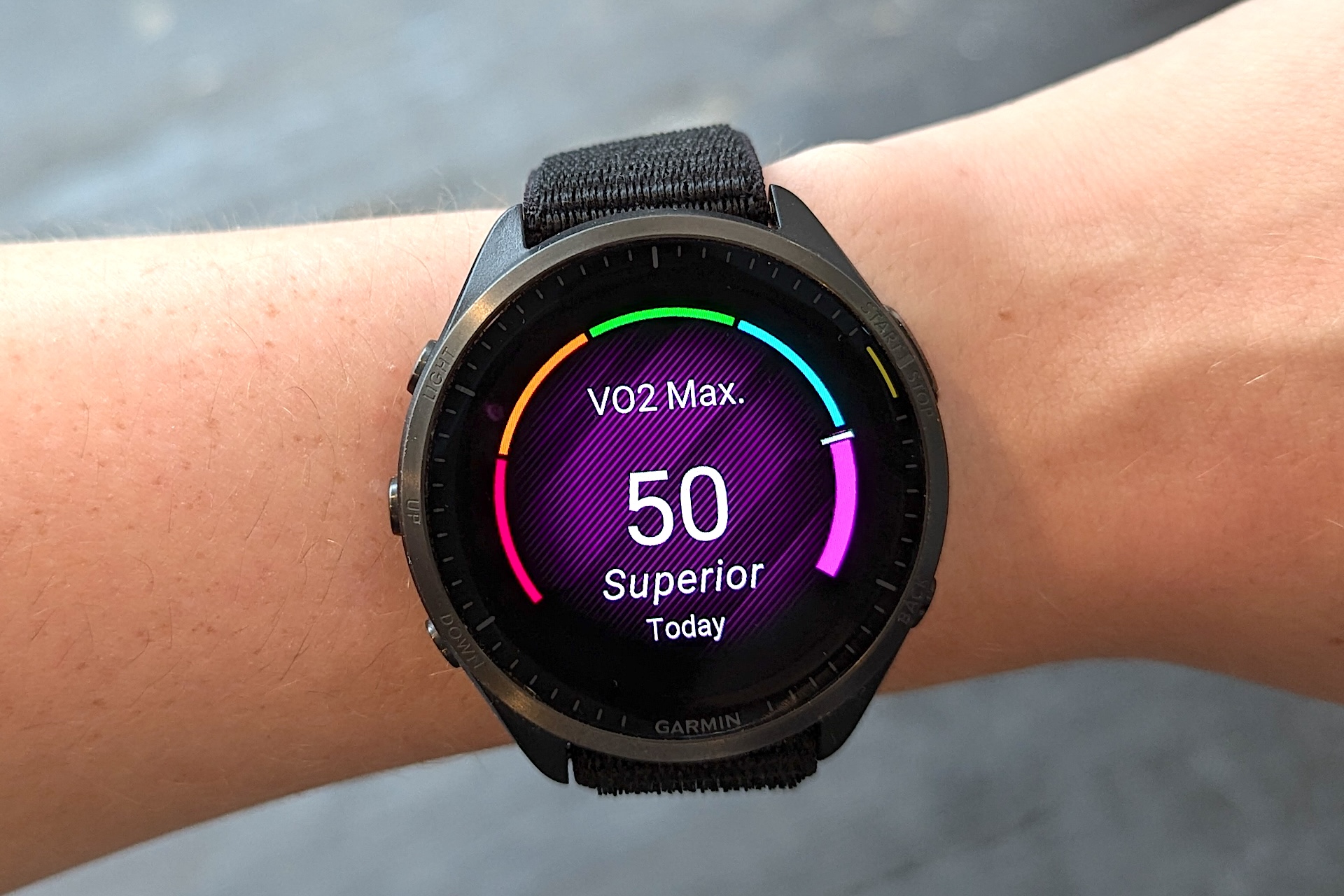





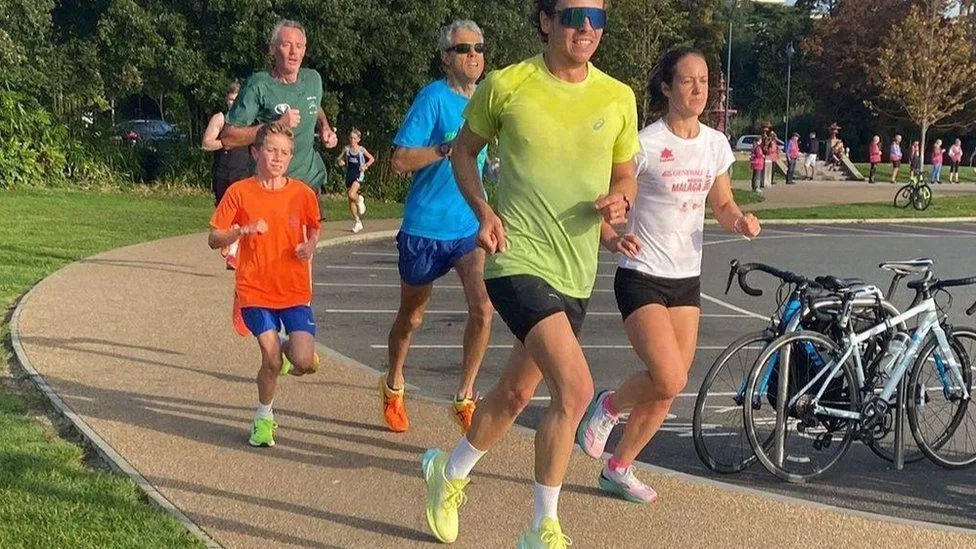
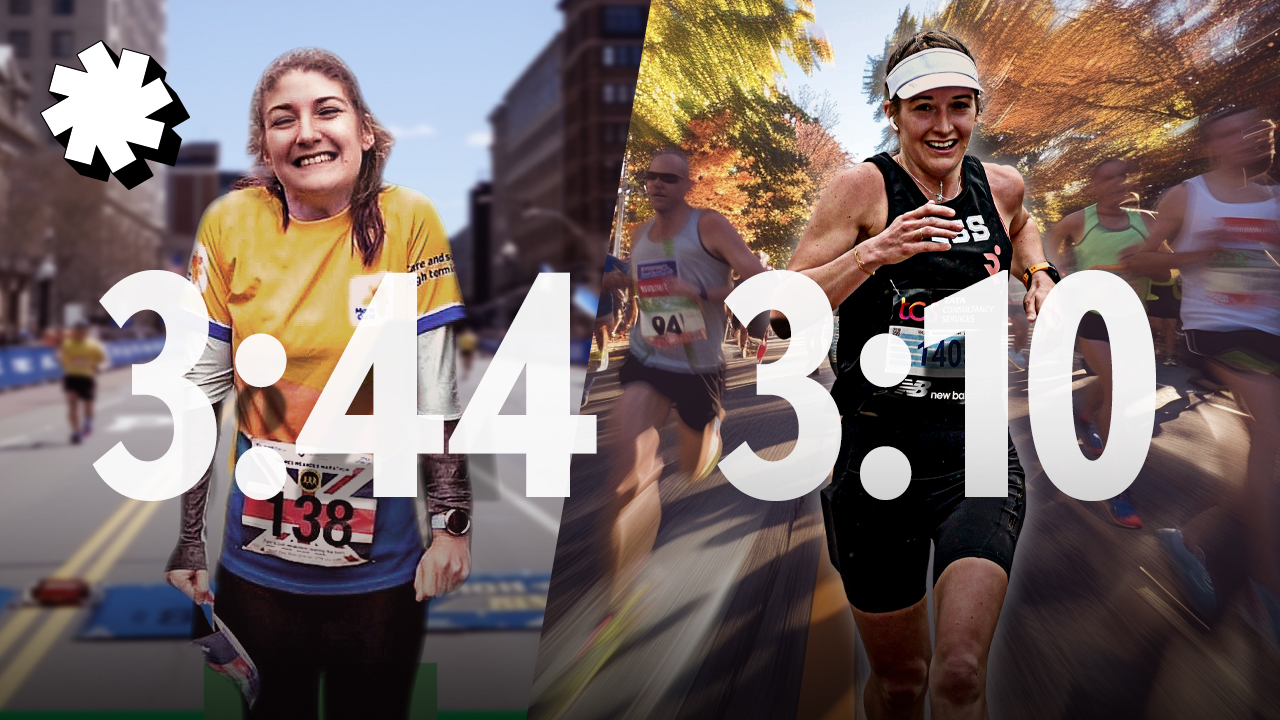

Running News
Paris 2024 Olympics Running Schedule
What Are Olympic Medals Actually Made From?
On Cloudboom Strike LS Initial Thoughts